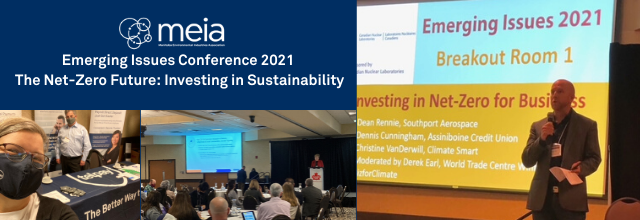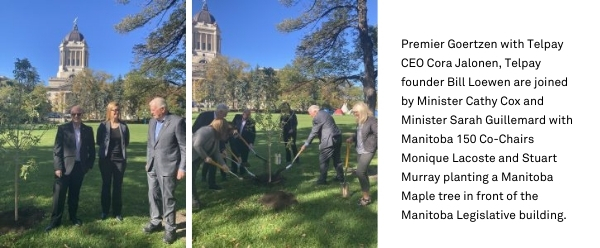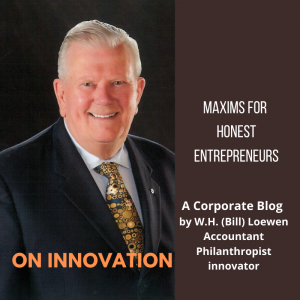
My involvement with computers goes back to the early 1950s. I was assigned to work on the audit of Trans Canada Airlines (now Air Canada). They had advanced unit record equipment for the time. Eighty column cards with holes punched in them were the data media. Plug boards, sometimes called spaghetti boards because of the complicated wiring, were the equivalent of computer programs. Sorting machines could turn a deck of punched cards into something close to a data base. Mostly the combination of parts printed, added and subtracted numbers in varied sequences. Multiplication and division functions required special control boards. That approach to data processing was almost the exclusive domain of IBM. They didn’t call it a computer but that may have been because they were working on a fully electronic computer and thought they could divert attention from that effort. In fact they were embarking on a series of developments that lead to the famous 360 series that dominated the computer scene for many years.
But other developments were taking place along side the business systems where IBM was focused. The experience of working with some of them has had a significant impact on my own career. In the early 1950s there was a simple computer called an LGP30. This unit used ticker tape for input of data and loading programs. The computing function consisted of what we now call a central processing unit (CPU) and a rotating drum on which the program was stored as well as any data the program had to read or write to. These were stored in the form of magnetic on or off signals that the CPU could interpret. In operation, the drum rotated so that the the CPU could execute program instructions sequentially and store results elsewhere on the drum as instructed by the program.
Lesson 1. The LGP30 provided clear lessons in how computers function.
A while later when working for a firm of architects, I had the opportunity to talk the partners into investing in an LGP30. A very bright member of the structural division of the firm, Adolf Berg, took an interest in it and quickly learned how to program it. The firm had a project on the books to design a large office building. Adolf decided to program the structural calculations for the building. As the firm worked through various design possibilities, Adolf would recalculate the structural requirements very quickly saving hours of engineers’ time. When the project was put out to tender the structural cost came in substantially below estimates. This was very pleasing to the owner but not so much for the architects. Their fees were based on a percentage of the cost of the building.
Continue reading →





